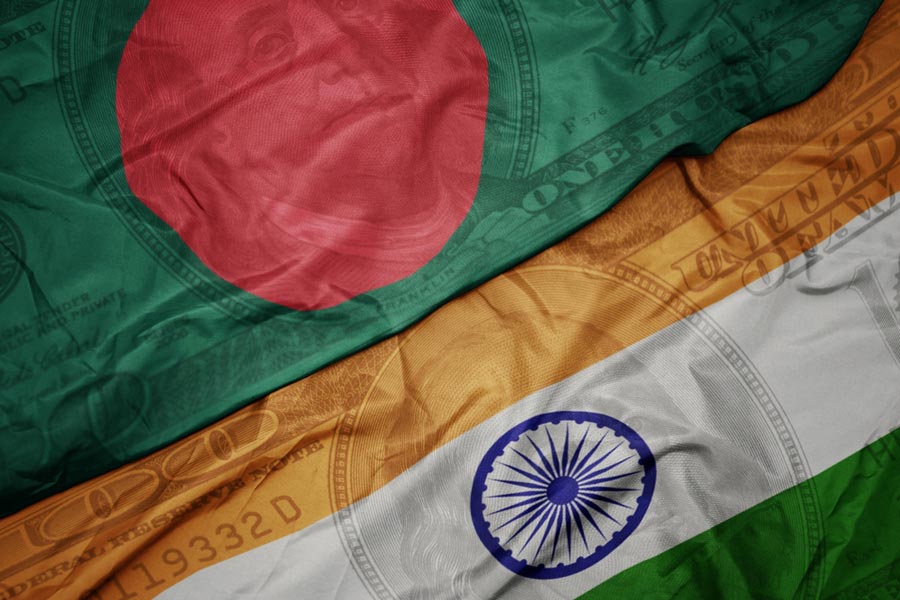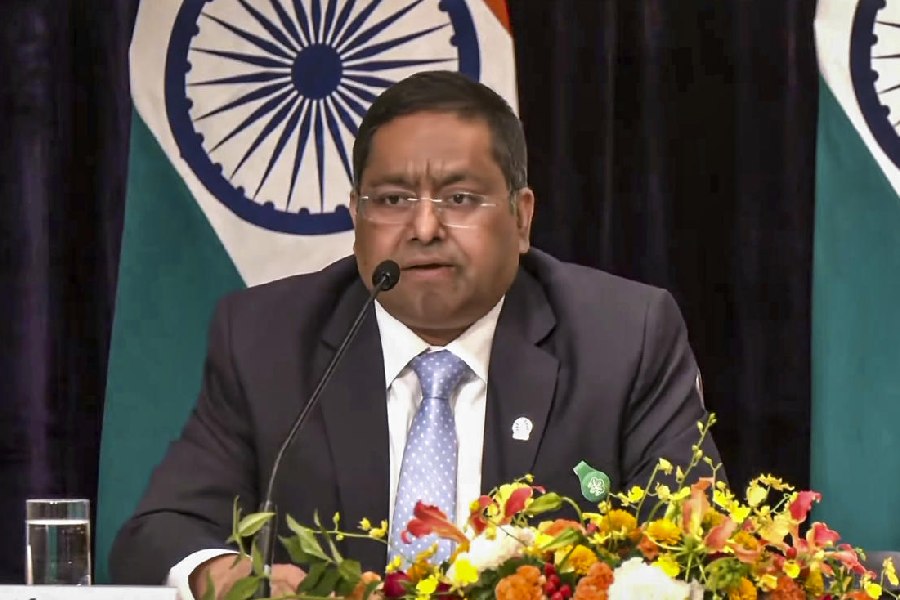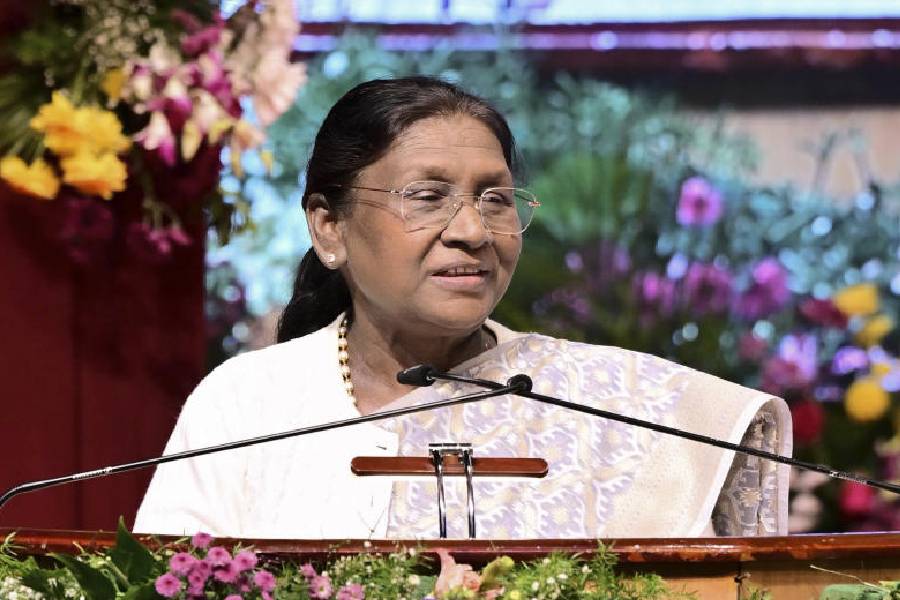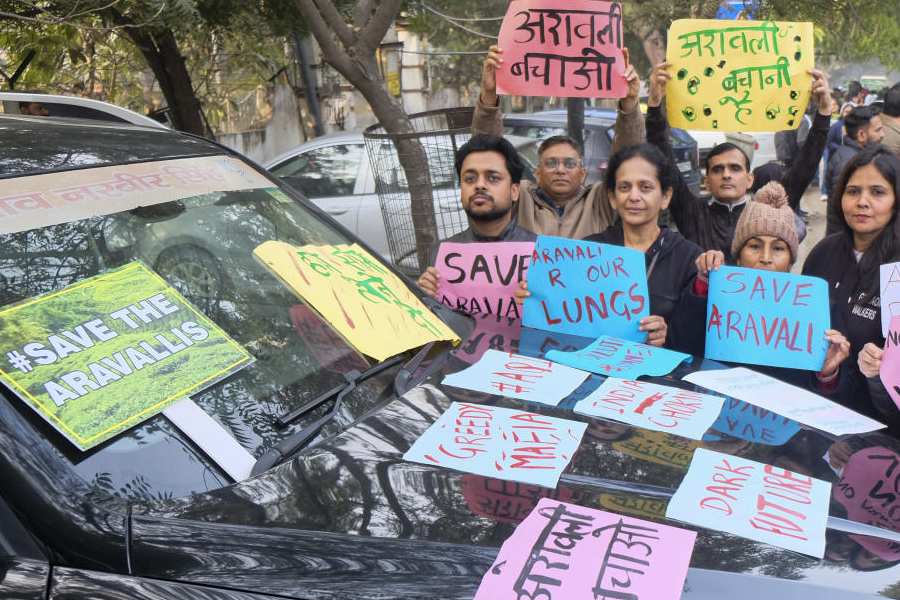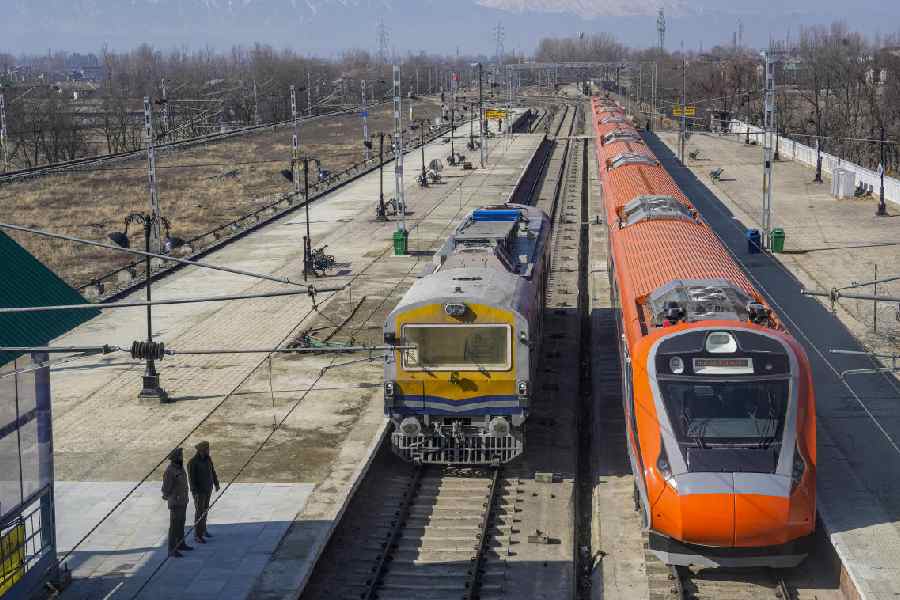Restrictions imposed by India on certain Bangladeshi goods will help the domestic ready-made garment industry, particularly MSMEs, to enhance their competitiveness, according to experts.
On May 17, India restricted imports worth USD 770 million from Bangladesh, covering nearly 42 per cent of bilateral imports. Key goods like garments, processed foods, and plastic items are now limited to select sea ports or barred from land routes entirely.
Ready-made garments, valued at USD 618 million, now face strict routing through only two Indian seaports. This severely limits Bangladesh's most valuable export channel to India.
"Indian textile firms have long protested the competitive edge enjoyed by Bangladeshi exporters, who benefit from duty-free Chinese fabric imports and export subsidies, giving them a 10-15 per cent price advantage in the Indian market," think tank Global Trade Research Initiative (GTRI) said.
The port restrictions will help Indian MSMEs (micro, small, and medium enterprises) from the textiles sector, GTRI founder Ajay Srivastava said.
Sharing similar views, Apparel Export Promotion Council (AEPC) Vice Chairman A Sakthivel said it was a demand of domestic exporters to impose these restrictions.
"It is a good decision now taken by the Indian government. The domestic industry will benefit from this," Sakthivel said.
The move comes in response to Bangladesh's recent restrictions on Indian yarn, rice, and other goods, as well as the imposition of a transit fee on Indian cargo's departure from past cooperation.
Even as Dhaka moves closer to Beijing, India should not shut the door to dialogue, Srivastava said.
"As the bigger neighbour and regional power, India has a greater responsibility to lead with patience, keep communication open, and avoid using trade as a weapon. Rebuilding trust through diplomacy and economic cooperation is still possible," he said.
The import of apparels from Bangladesh is primarily in select categories such as cotton trousers of men and jackets, blazers of synthetic fibres for local consumption by many retails chains.
The total apparel imports from Bangladesh in 2024-25 was 677.5 million, up 13.8 per cent from its 2023-24 level of USD 595.5 million.
Apparel import from Bangladesh through Petrapole land port alone was USD 515.3 million in 2024-25, accounting for around 76 per cent of apparel import into India from Bangladesh.
Mithileshwar Thakur, Secretary General AEPC, said that restrictions on land ports can limit their access to the Indian market, particularly for medium-sized garment factories that heavily rely on land routes.
Land routes are generally cheaper and more efficient for transporting goods, especially for smaller consignments.
"Forcing garments to be shipped via sea ports will increase transportation costs and potentially make Bangladeshi garments less competitive in the Indian market," Thakur said, adding sea transportation is slower than land transportation, leading to longer delivery times.
"This can increase lead time and adversely impact the ability of Bangladesh to meet the needs of Indian retailers and consumers," he said, adding as apparel import from Kolkata and Nhava Sheva seaports is still allowed, the long-term impact will largely depend on how quickly and to what extent the import of ready-made garments from land port gets shifted to import from seaport.
"The real problem however lies in Bangladesh benefiting from a zero tariff rate on its exports to India under SAFTA and lower production cost owing to low wage rates and its subsidy regime on account of its LDC (least developed country) status," Thakur said.
Except for the headline, this story has not been edited by The Telegraph Online staff and has been published from a syndicated feed.

